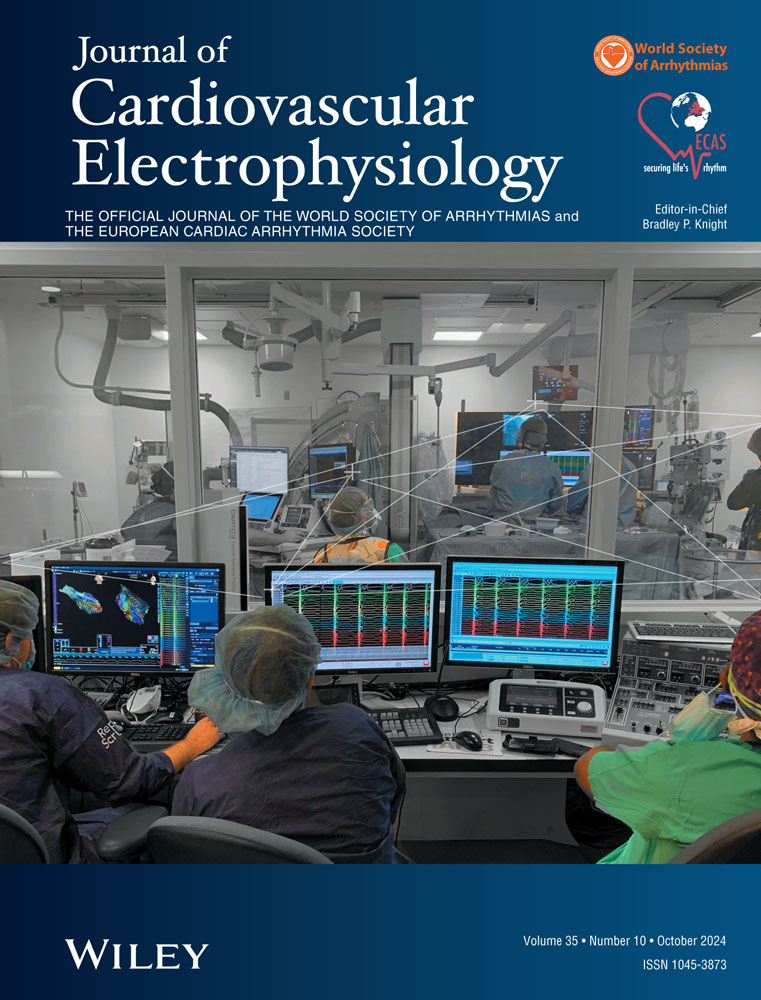Clinical presentation and genetic characterization of early-onset atrial fibrillation in patients affected by long QT syndrome: A single-center experience
Web-site: www.berardosarubbi.it
Disclosures: None.
Abstract
Introduction
Early-onset atrial fibrillation (AF) has already been observed in approximately 2% of patients with genetically proven long QT syndrome (LQTS). This frequency is higher than population-based estimates of early-onset AF. However, the concomitant expression of AF in LQTS is likely underestimated. The purpose of this study was to examine the clinical presentation, genetic background, and outcomes of a cohort of patients with LQTS and early-onset AF referred to a single tertiary center.
Methods
Twenty-seven patients diagnosed with congenital LQTS were included in the study based on the documentation of early-onset (age ≤50 years) clinical or subclinical AF episodes in all available medical records, including standard electrocardiograms, wearable monitor or cardiac implantable electronic devices.
Results
Seventeen patients experienced clinical AF during the follow-up period. Subclinical AF was detected in 10 patients through insertable or wearable cardiac monitors. In our series, the mean heart rate during AF episodes was found to be relatively low despite the patients' young age and the low or minimal effective doses of beta-blockers used for QTc interval control. All patients exhibiting LQTS and early-onset AF were genotype positive, carrying mutations in the KCNQ1 (66%), KCNH2, KCNE1, and SCN5A genes. Notably, most of these patients carried the same p.(R231C) mutation in the KCNQ1 gene (59%) and were from the same families, suggesting concurrent expression of familial AF and LQTS.
Conclusion
LQTS patients are prone to developing clinical and subclinical AF, even at a younger age. The occurrence of early-onset AF in the LQTS population could be more frequent than previously assumed. AF should be considered as a potential dysrhythmia related to LQTS. Our study emphasizes the importance of carefully researching clinical and/or subclinical episodes of AF through strict heart rhythm monitoring in the LQTS population.
Open Research
DATA AVAILABILITY STATEMENT
The data that support the findings of this study are available on request from the corresponding author. The data are not publicly available due to privacy or ethical restrictions. The data that support the findings of this study are available from the corresponding author, upon reasonable request. This study complied with the Declaration of Helsinki and its later amendments. Informed consent was obtained from patient's parents/legal guardians.




